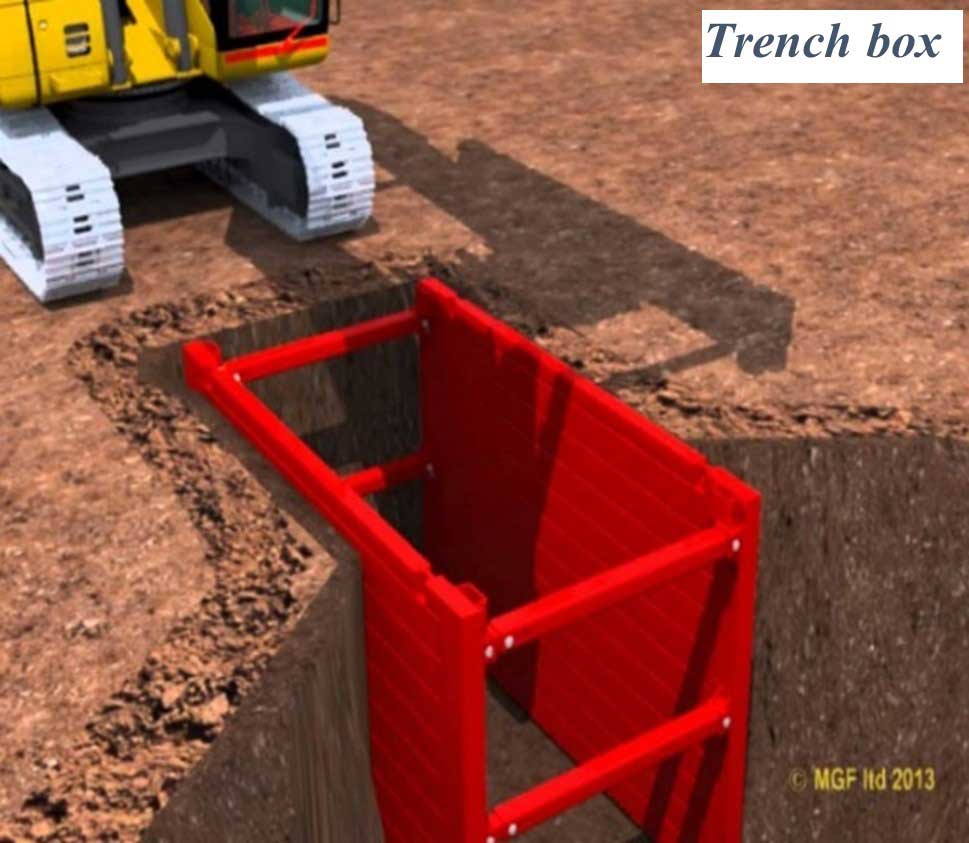Digging trenches is an important element of several constructions. They are utilized for the construction of telephone lines and pipes. Trenching in these locations can be difficult due the quantity of water. It is not easy to clean all dirt around objects, and it’s also dangerous to expose skin to the risk of.
Trench boxes are needed for any kind of repair which requires access to the ground. Trench boxes can also be used to prevent falling due to soil’s quality and the thickness of the material. They are made from steel/aluminum framing. It is utilized to temporarily hold it in place as excavation takes places within them. Additionally, grout is placed to two layers, if needed, so that no cracks develop at the site level.

Pre Installation
Before digging before digging, you must understand the potential hazards. It is crucial to determine what equipment and how many persons will require access. Also, reflect on the other options which could have been utilized in order to complete the work without risking life or limb risk (such as techniques that are minimally invasive). A complete risk assessment must also take place during pre-excavation inspections to ensure that any potential dangers are easily recognized prior to time; this can help prevent any unanticipated complications later down the line.
It is also important to take into consideration the depth of the trench. You’ll need support from either sloping, or shoring in the case of a five feet of width. However, if the hole is 20 feet deep it will require extra engineering. This is because of the absence of straight sides at the ends. Any structure that rises above the ground has to be thought of in terms of the potential for foundation moving.
The trench must be accessible by a ladder, steps, or a ramp. It is essential to have safe access within 25 feet of workers always in the event that emergencies arise. It may also need to test for low oxygen levels or toxic gasses by using specially designed boxes called “trench boxes.” These articulated devices are simple to put in place, however, you must be cautious not to stack the devices on top of others.
Care: Caring to the trench
1. You should inspect the trench box and support every day for any damage or any motion.
2. On-site, all personnel should wear protective gear and have a steel-toed boot as well as high visibility clothing.
3. The heavy equipment and tools must be placed at least 3 feet from the edge of any trench.
Extraction
Because the ground around trench boxes moves in a way, it’s harder to build than to get it removed. To extract it, you could use chain slings. A crane that is overhead can also be used.
1. Straight Pull Straight Pull the most fundamental methods of extraction of materials. Simply attach the sling at two points and then pull it up.
2. Half Pull: If using a half-pull, attach it to only one end of the trench box and lift as much as possible before switching over. This will help remove all dirt and debris inside without doing any damage to your lawn.
3. Single Pull: You connect one of the chains to your lifting/extraction location. Each panel will be raised by turns. You can remove it with your trusted pull.
For more information, click trench box